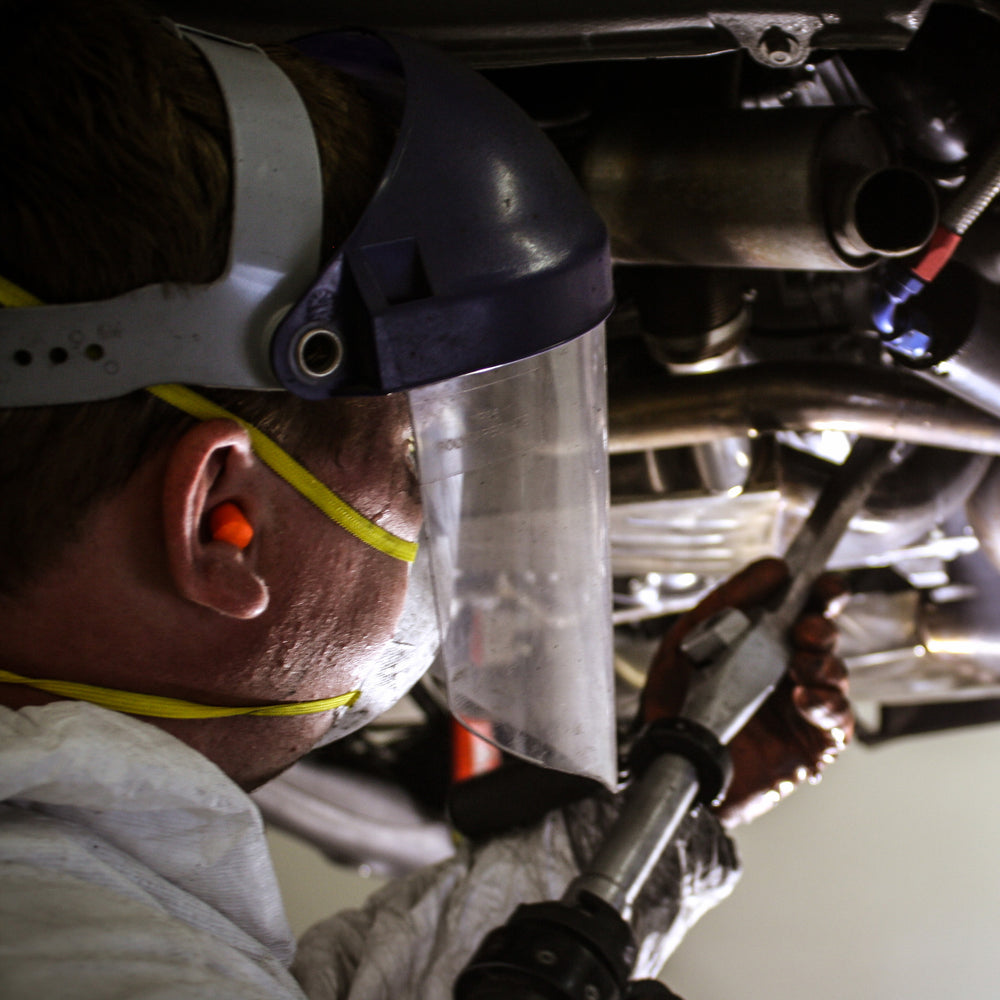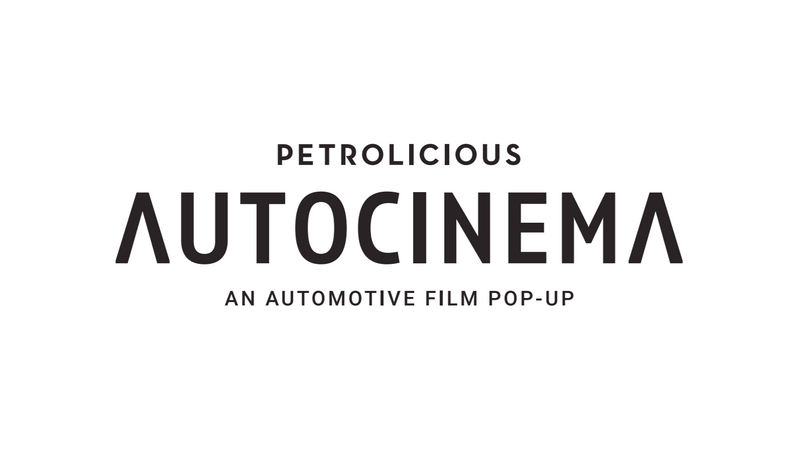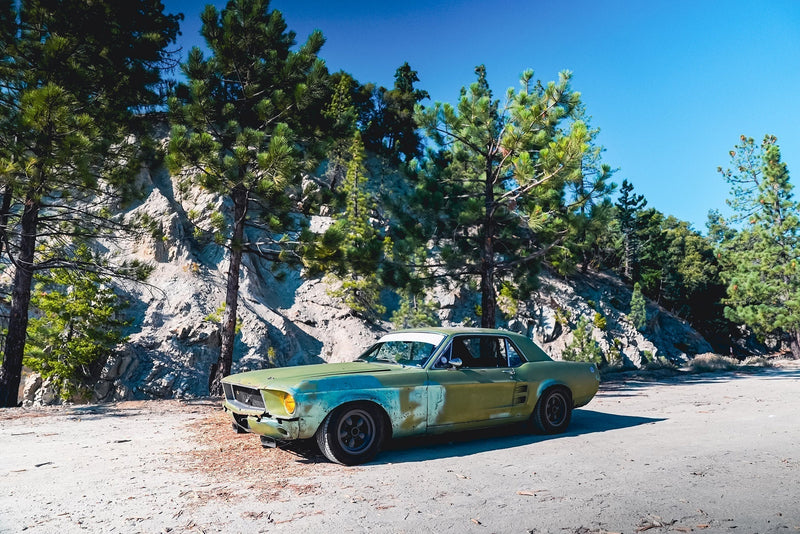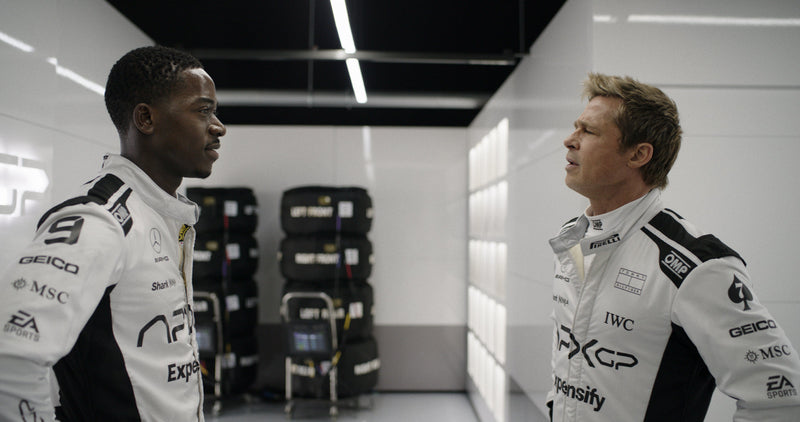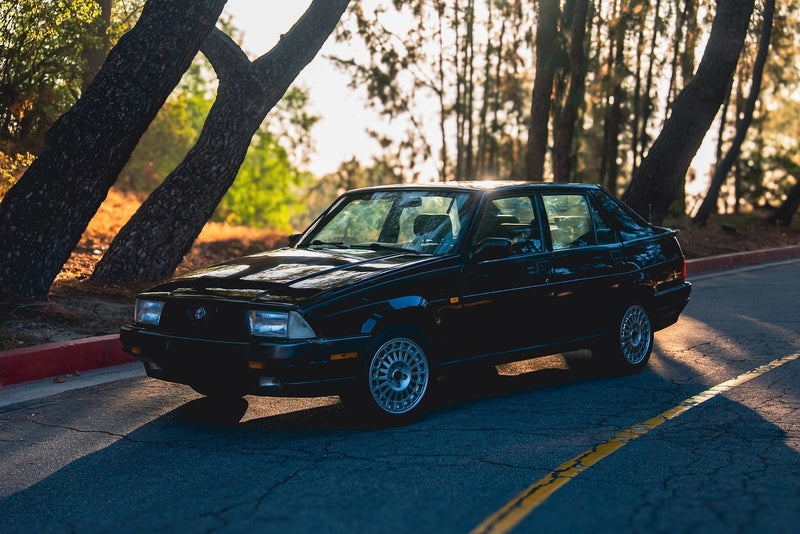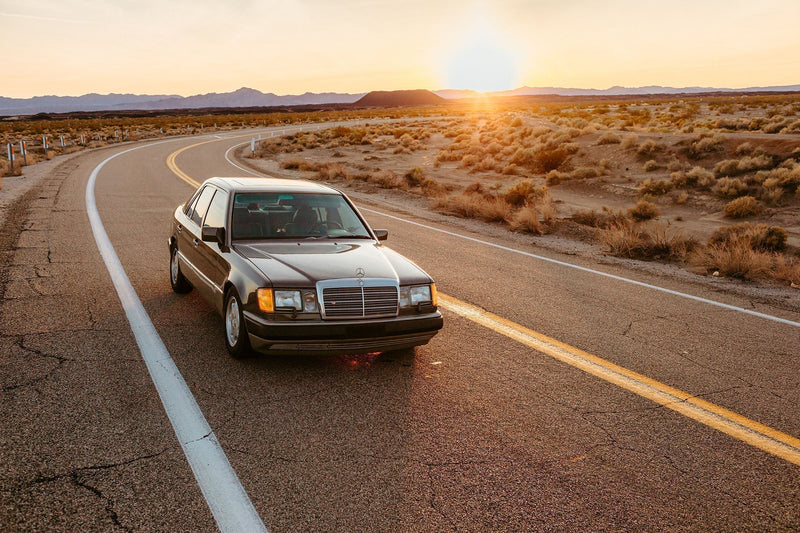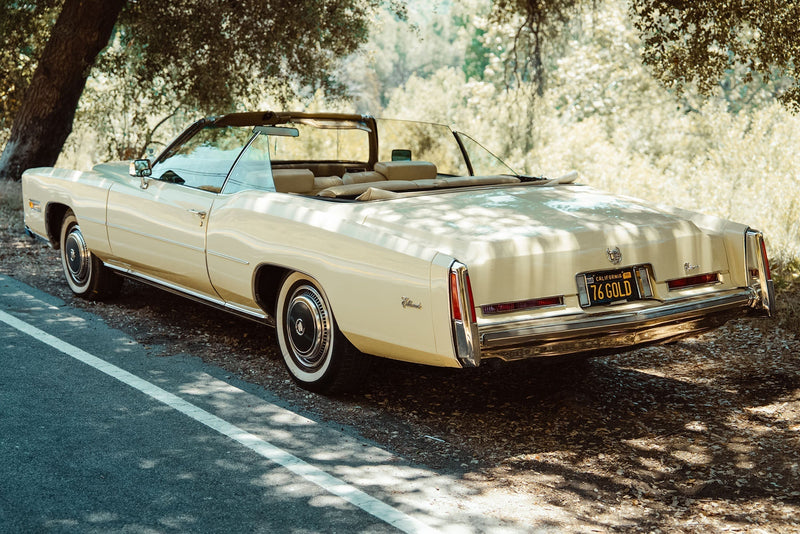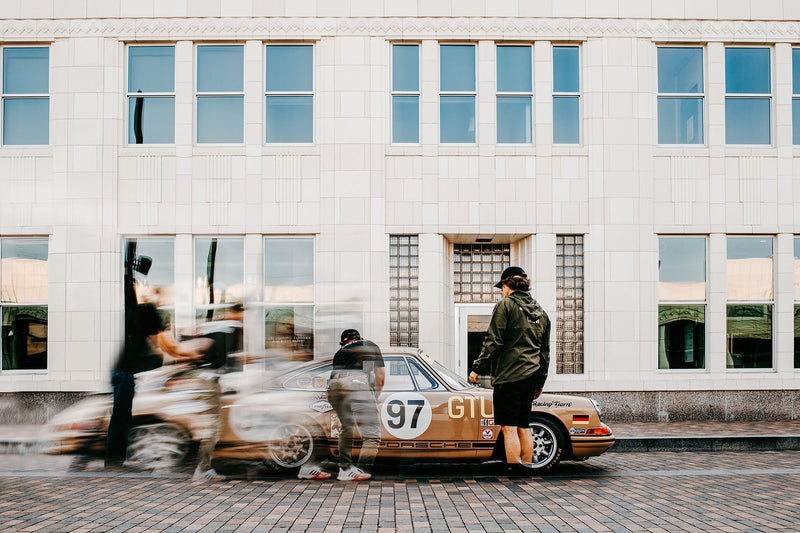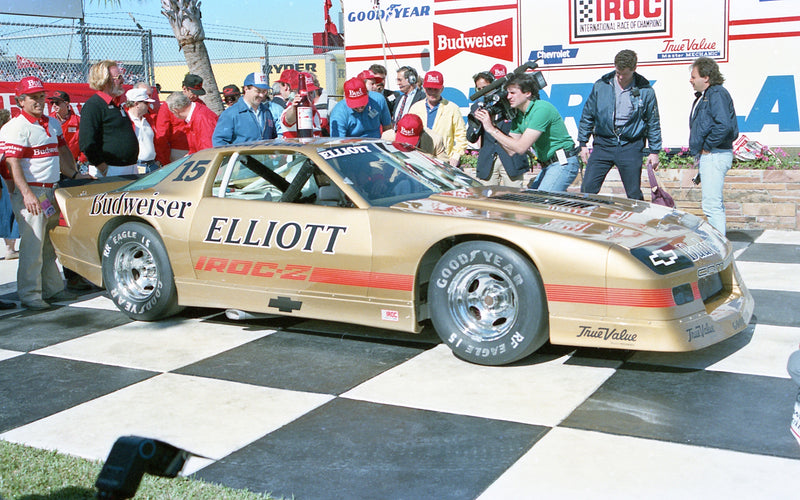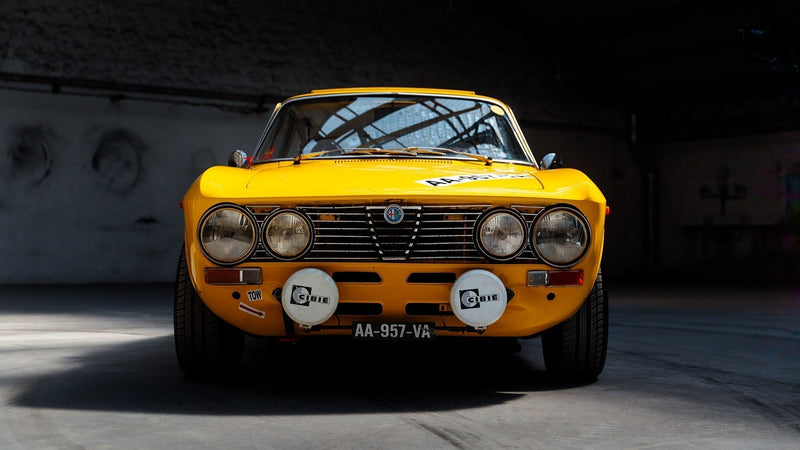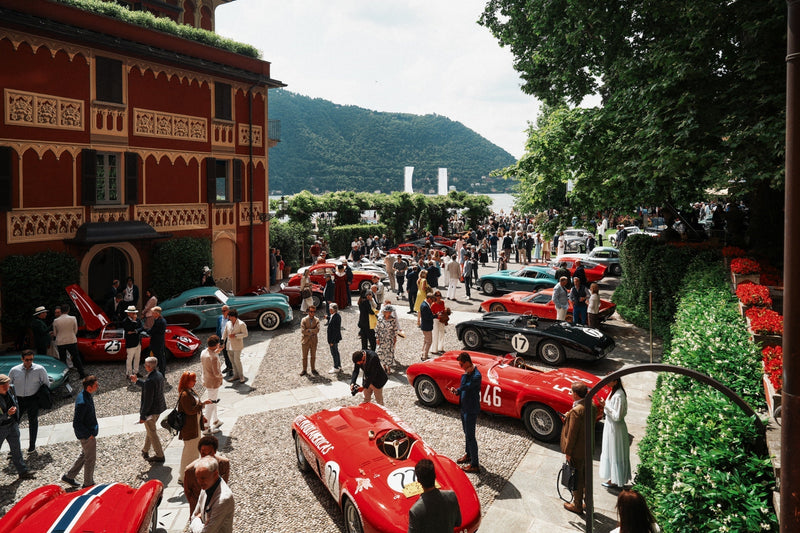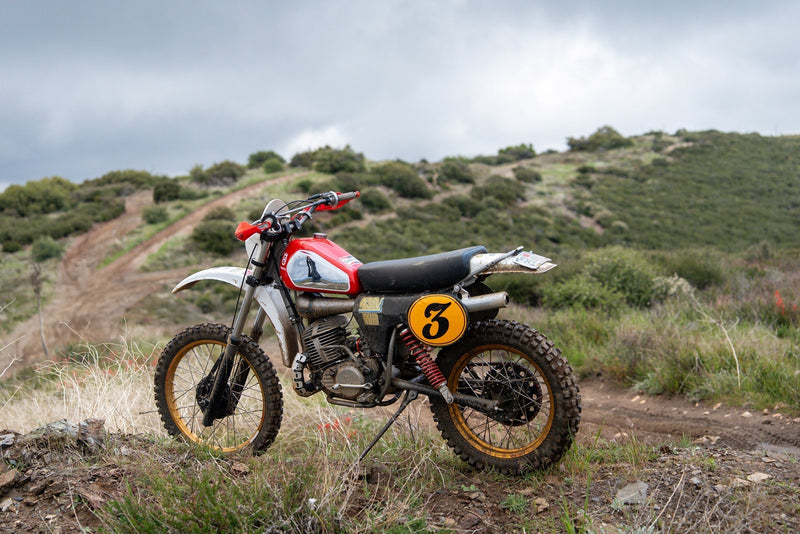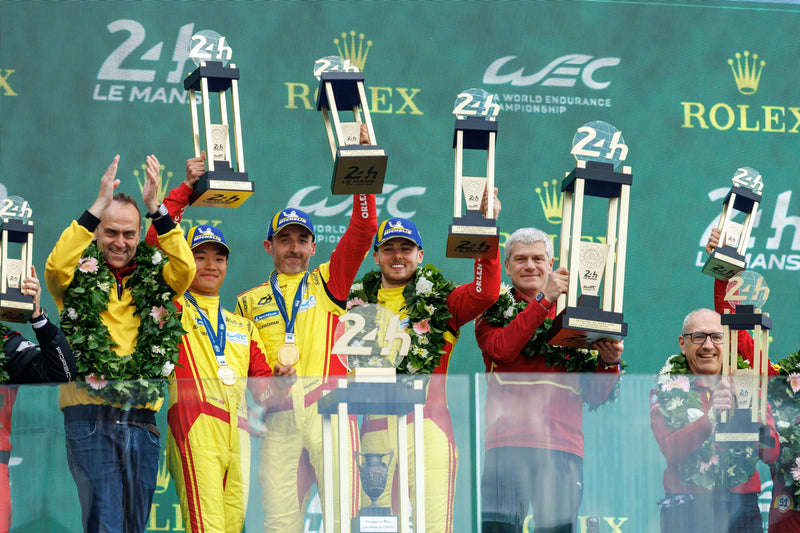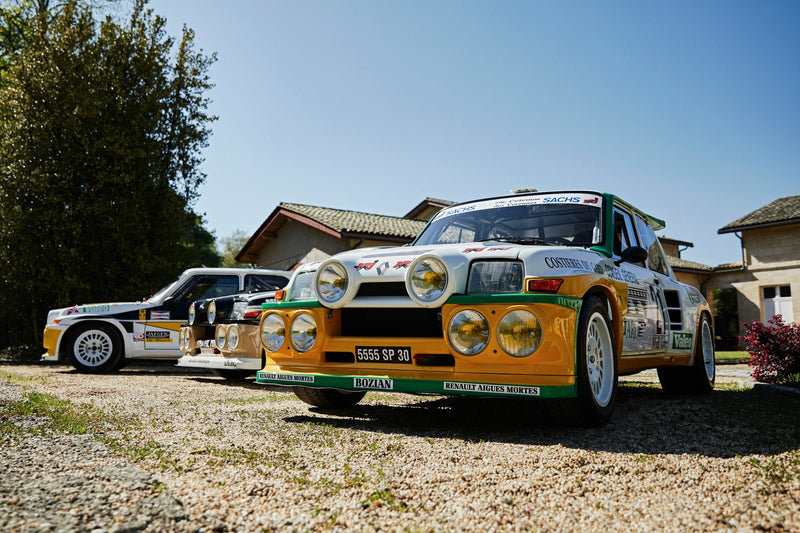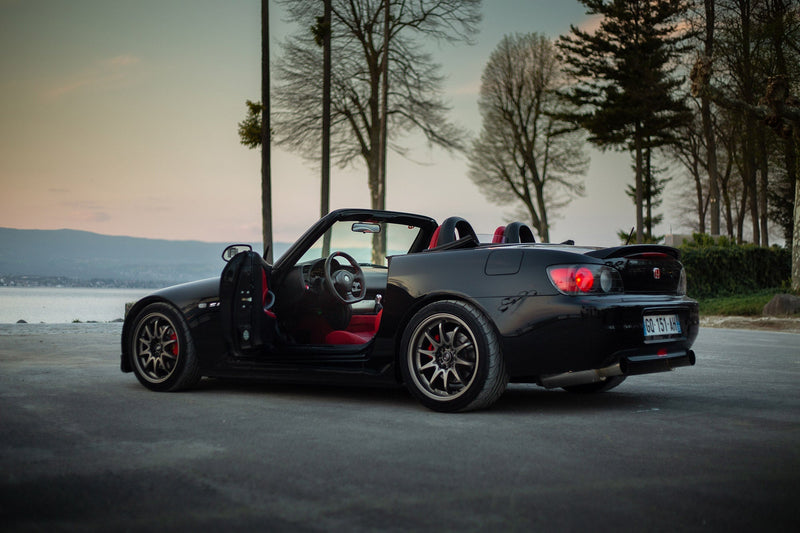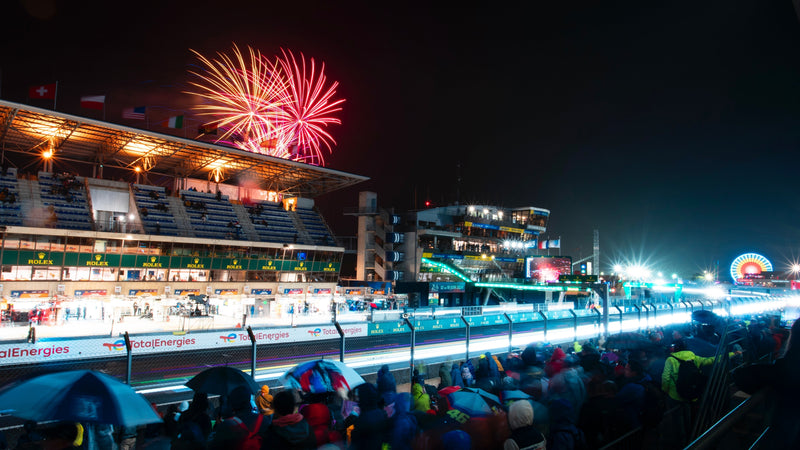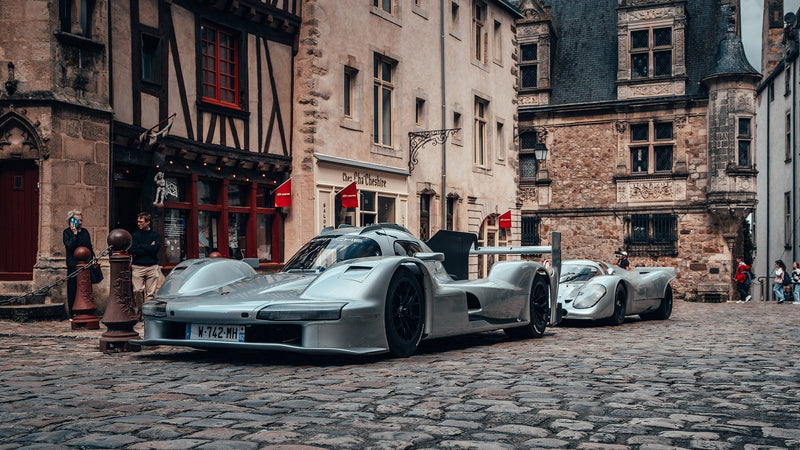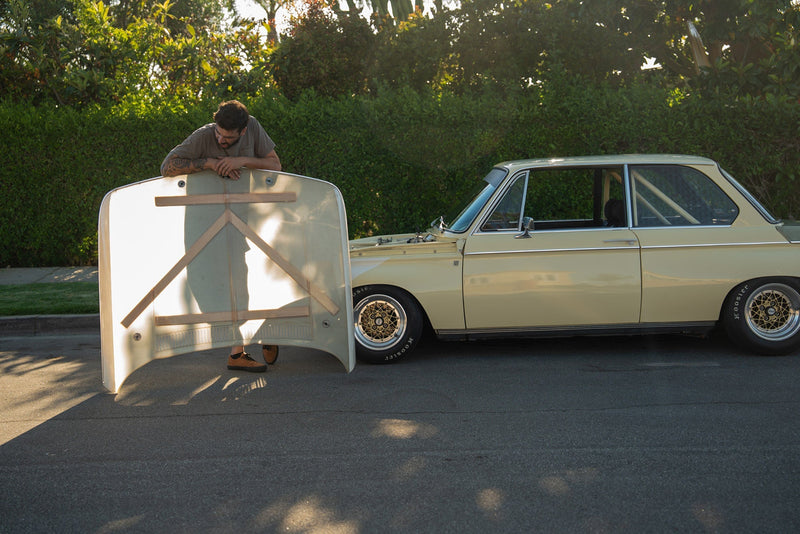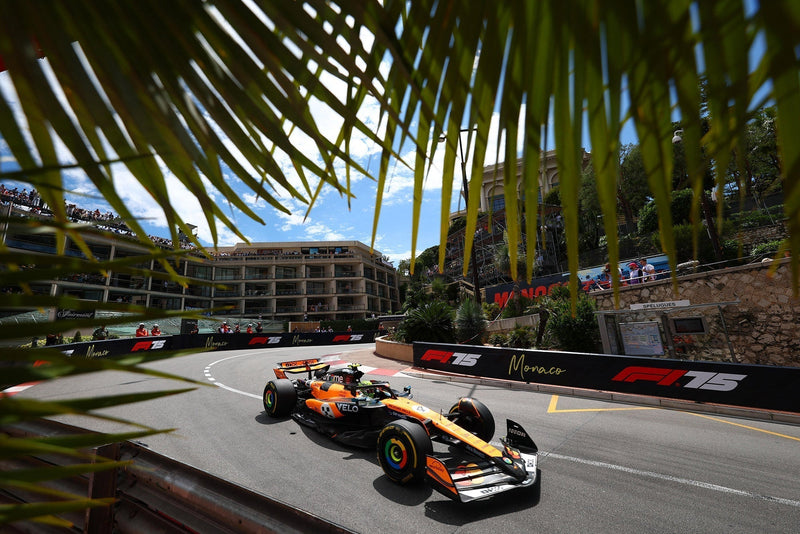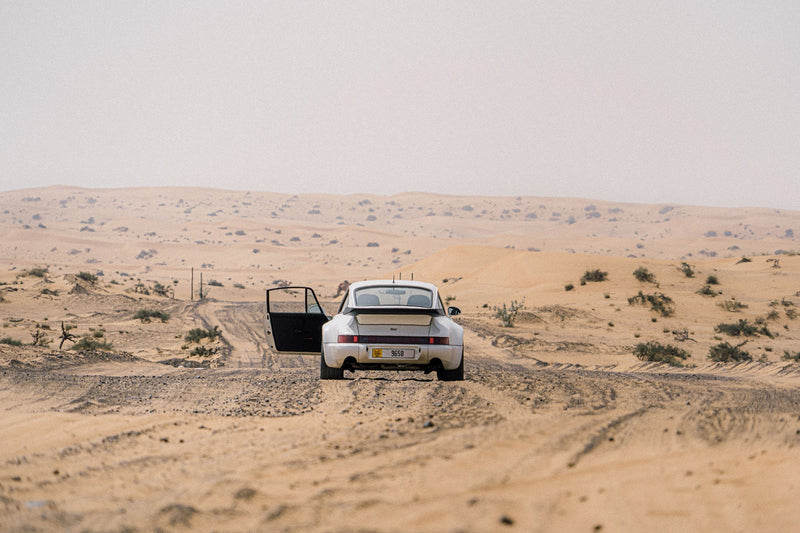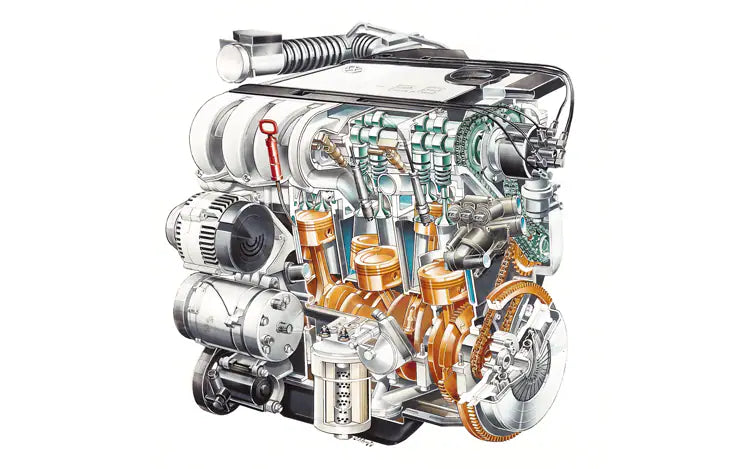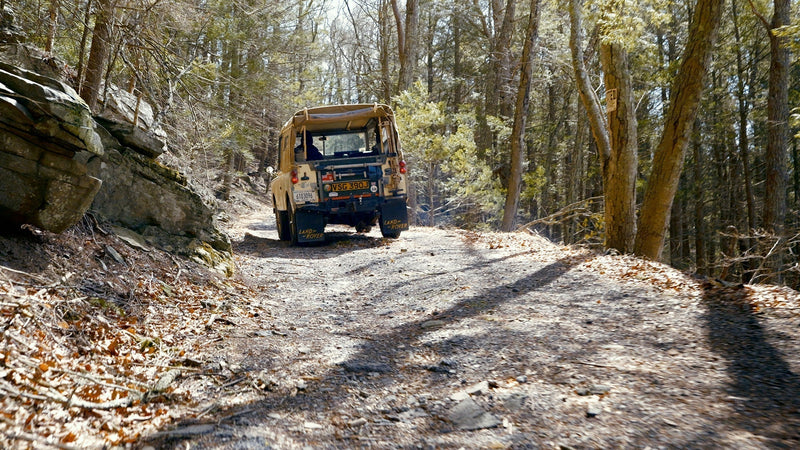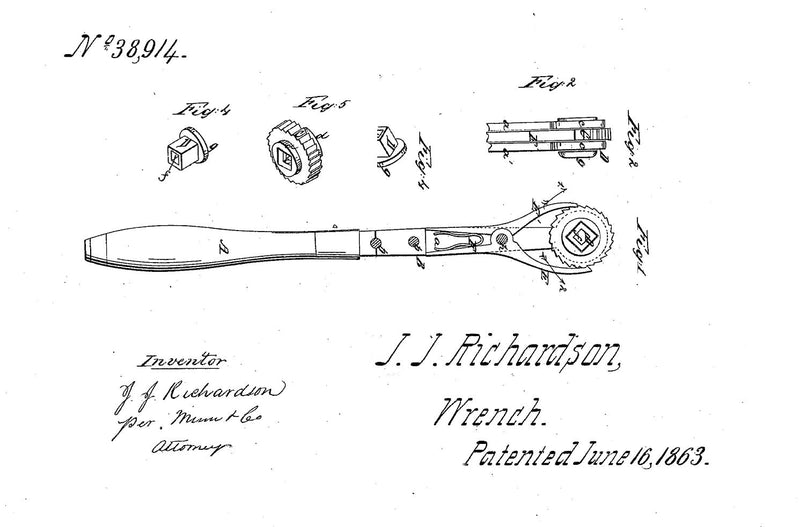As enthusiasts tend to meet, I recently became acquainted with Bryant Nguyen and Alex Singer through our local cars and coffee. These two longtime automotive obsessed friends started a company calledCryo Werks ; through the inner local car community, I’d heard of this mysterious, “Cryo Werks” before, but was clueless as to what the outfit specialized in. A trip to the office was in order...
Upon entering the tidy garage located in the industrial area of Miramar, I was greeted by Bryant and Alex, who introduced me to Adam, the Cryo Werks lead tech. I was in for a real treat, as the demonstration car was Alex’s personal 1986 Porsche 911 Turbo. At first glance, the 930 looked exceptional. The Meteor Metallic paint is a partial respray, and the preserved interior is original. Overall, the Porsche looks great considering its 126,xxx odometer tally.



That was before the Cryo Works team carefully put the car on the lift, to reveal a typically filthy 30-year-old undercarriage. Staring up at a cosmoline, oil, road grime, and possible road kill remains layer of goo adhered to the Porsche’s once flawless belly, it was time for the obligatory “before” photos.
At this point, I was genuinely skeptical of seeing any substantial results as I watched Alex load dry ice pellets into the CryoJet compressor-powered blaster, and I put on some hearing and vision protection.
Starting at the back of the car, Adam—in a full body tyvek coverall and face mask—began blasting high-pressure 3mm dry ice pellets directly on the flat-six block. The results were instant. Peeling off the grime with one wave of the wand, leaving behind what looked like an honest factory finish. The process continued across the floor pan underside, wheel wells, and engine compartment.
After the job was complete, I sat down with Alex and Bryant to discuss Cryo Werks and the questions anyone would have with a process like this.




Andrew Golseth: So, when someone asks you, “What is Cryo Werks,” how would you describe what you do?
Alex Singer: Cryo Werks a process that we’ve honed that takes a medium and returns a vehicle back to the condition it was when it was assembled—cleaner than it was even on the showroom floor, before anyone outside the factory laid a finger on it. We remove all the chemicals, solvents, oils, whatever: it takes off everything that wasn’t there when it left the manufacturing plant.
AG: Just to clarify, this isn’t simply another form of media blasting?
Bryant Nguyen: The difference is the abrasiveness. Media blasting will result in a secondary waste stream of metal or paint, whatever gets removed—sort of like sandpaper. Dry ice blasting is a completely nonabrasive process. It’s like color sanding versus wet sanding: color sanding, you don’t remove a lot of material, you remove impurities. That’s essentially what we’re doing. It’s a very surface-based process.
The layers we’re working to remove are very thin. Dry ice blasting is a thorough and accelerated cleaning process, not a step in a restoration like media blasting is. We’represerving cars, not restoring them.
AG: Talk me through the process, start to finish.
BN: The process starts pretty simply. Generally, we get a phone call or email from someone who’s heard about the process, heard about dry ice blasting, and they’re curious about it. We then find out what we’re working with by asking them what their goals are, how old their car is, how dirty their car is, etcetera. From this information, we can generate a loose estimate but we always tell the customer the best thing to do is bring the car into our shop. Obviously, once we get a car in the air, we can get a better idea of what we’re working with.




Once on the lift, we do a thorough walk around with the vehicle owner, note any preexisting damage, photograph “before” comparison shots, and discuss their goals. Once we’ve established the game plan, we schedule a date for the estimated time required for the job. We do engine compartments, powertrains, entire suspension and brake assemblies, wheels, and undercarriages. However much the customer wants done is totally up to them.
AS: We’re really flexible with customers. We’ve had some enthusiasts who have taken off individual parts or panels and brought them in for us to blast. They dismantled the parts beforehand because they don’t want to pay for the dismantling labor and we’re totally fine with that. We’re happy to talk and figure out what’s best for them. We are enthusiasts, so we understand what it’s like to be particular on who works on your car. That’s sort of the beauty of how we run this business, we do it for the love of cars, not for our main source of income.
AG: What are the limitations of dry ice blasting?
BN: What people think wecan’t do is actually what this process excels at. Wiring harnesses, rubber, connectors, bushings, those are the best places to use it because those are the hardest things to clean by hand. It’s not for taking a car down to bare metal for a rotisserie restoration. If you have a car you want to preserve, we’ll clean it.
AS: When we do our walk around with the customer, we look for loose paint, stickers, and major flaws, we work around these not-so-well adhered problem areas.
BN: We don’t touch painted body panels, but electrical and rubber stuff, undercarriage panels, and wheelwells, that’s where it really shines. Another bonus of dry ice is how safe it is. Unlike most media blasting, dry ice blasting doesn’t require EPA or CARB approval.




AG: How did Cryo Werks come about?
BN: We saw some posts on Porsche forums, just pictures, and noticed a 911 onBring a Trailer that had been dry ice blasted—this was, like, 2012. We were interested in doing this to our cars, but after doing some research, we discovered there wasn’t anyone in California doing dry ice blasting specifically for automotive applications. Dry ice blasting was developed by Boeing to clean aircraft and aerospace equipment without disassembling them.
The advantages are no disassembly required, no waste, and no water—so there’s no threat to electrical components or harnesses. We thought this made perfect sense for preserving cars but after finding out nobody offered this service in California, we started looking into doing it ourselves. We learned this wasn’t something you could do in your garage. It’s really loud and can get pretty dirty, not to mention expensive to purchase all the necessary equipment.





One thing led to another and two years later, Alex and I opened up a garage, purchased a CryoJet machine and industrial compressor system, had a lift installed, and began Cryo Werks after thoroughly testing the process on our personal cars.
AS: Dry ice blasting for industrial cleaning is in high demand. We could certainly make more money offering those types of services, but we have day jobs. We’re doing this because we love cars. We’re doing this because it’s our passion.
BN: With these dry ice pellets, when we blast them, they turn from a solid to gas upon contactingwhatever that’s resting on the surface—without taking off anything that wasn’t originally there. The pellets aren’t removing the surface grime, the pressure of the gas is. The PSI adjustability is pretty impressive. For example, it can remove the ink from a business card without harming the cardstock. It can even remove the “M” on an M&M without damaging the colored coating.
If you’re interested in learning more,visit the Cryo Werks website .












